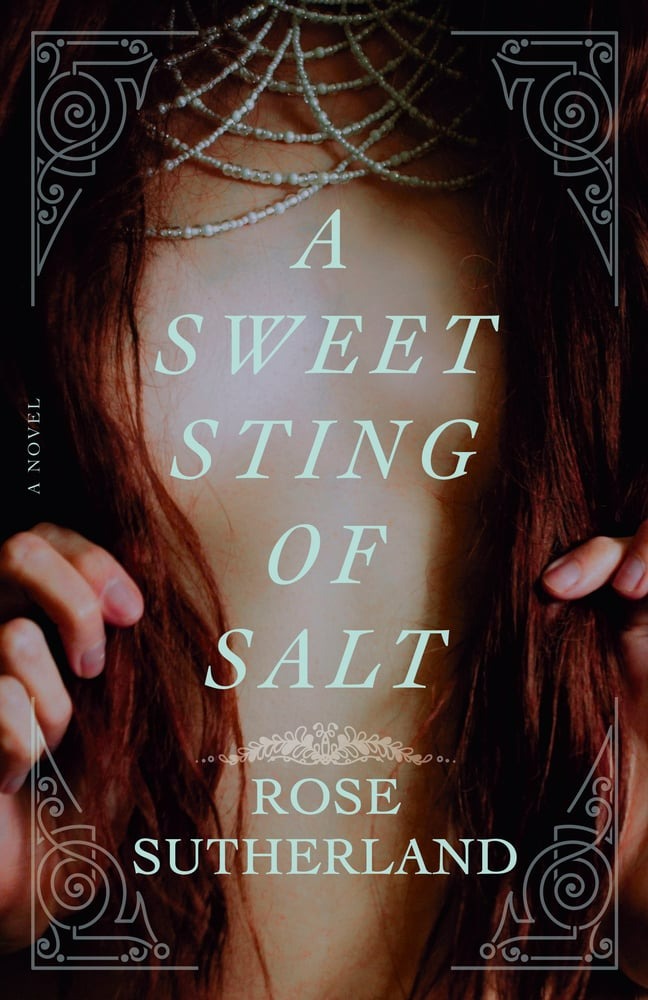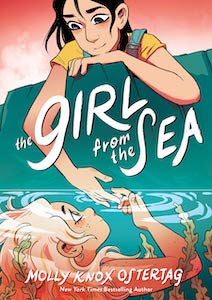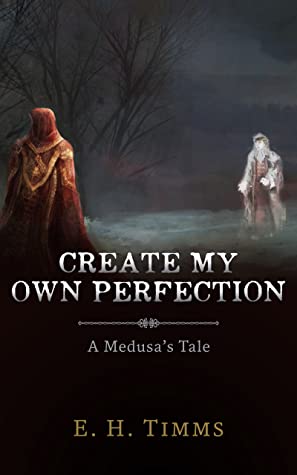A lush, atmospheric queer historical fiction for fans of Portrait of a Lady on Fire and The Birth House, Rose Sutherland’s A Sweet Sting of Salt (Dell 2024) is the perfect read to cozy up with this fall. Sutherland’s queer retelling of the folktale The Selkie Wife follows Jean, a midwife in a Nova Scotia village who is as renowned for herRead More
A Sapphic Nova Scotia Gothic: A Sweet Sting of Salt by Rose Sutherland
Buy this from Bookshop.org to support local bookstores and the Lesbrary! I couldn’t tell you why, but I am obsessed with sapphic selkie stories. There are very few of them out there, but I leap on the chance to read any that I stumble upon. Don’t get me wrong: I like sapphic mermaids, too, butRead More
Danika reviews The Girl from the Sea by Molly Ostertag
Way back in 2016, I wrote a post for Book Riot called 5 Lesbian Mermaid Comics You Need to Read where I rounded up sapphic mermaid and selkie comics. There were far too few than I would like, but I was able to find a three page comic story from Molly Ostertag on tumblr aboutRead More
Kayla Bell reviews “Create My Own Perfection” by E.H. Timms
“Create My Own Perfection” is a short story by E. H. Timms that comes out at the beginning of next month. It’s a retelling of the Medusa myth that centers the wronged, titular woman and incorporates elements from other mythologies. I really enjoyed it, and I think anyone who is interested in a unique, refreshingRead More
Shira Glassman reviews Eelgrass by Tori Curtis
Eelgrass by Tori Curtis is an intimidating book to review because reading it was such a powerful experience that I’m scared of failing to do it justice. It mirrors its protagonist’s span of two worlds — she’s a selkie so both the sea and the shore communities are home — inasmuch as it comfortably straddlesRead More



